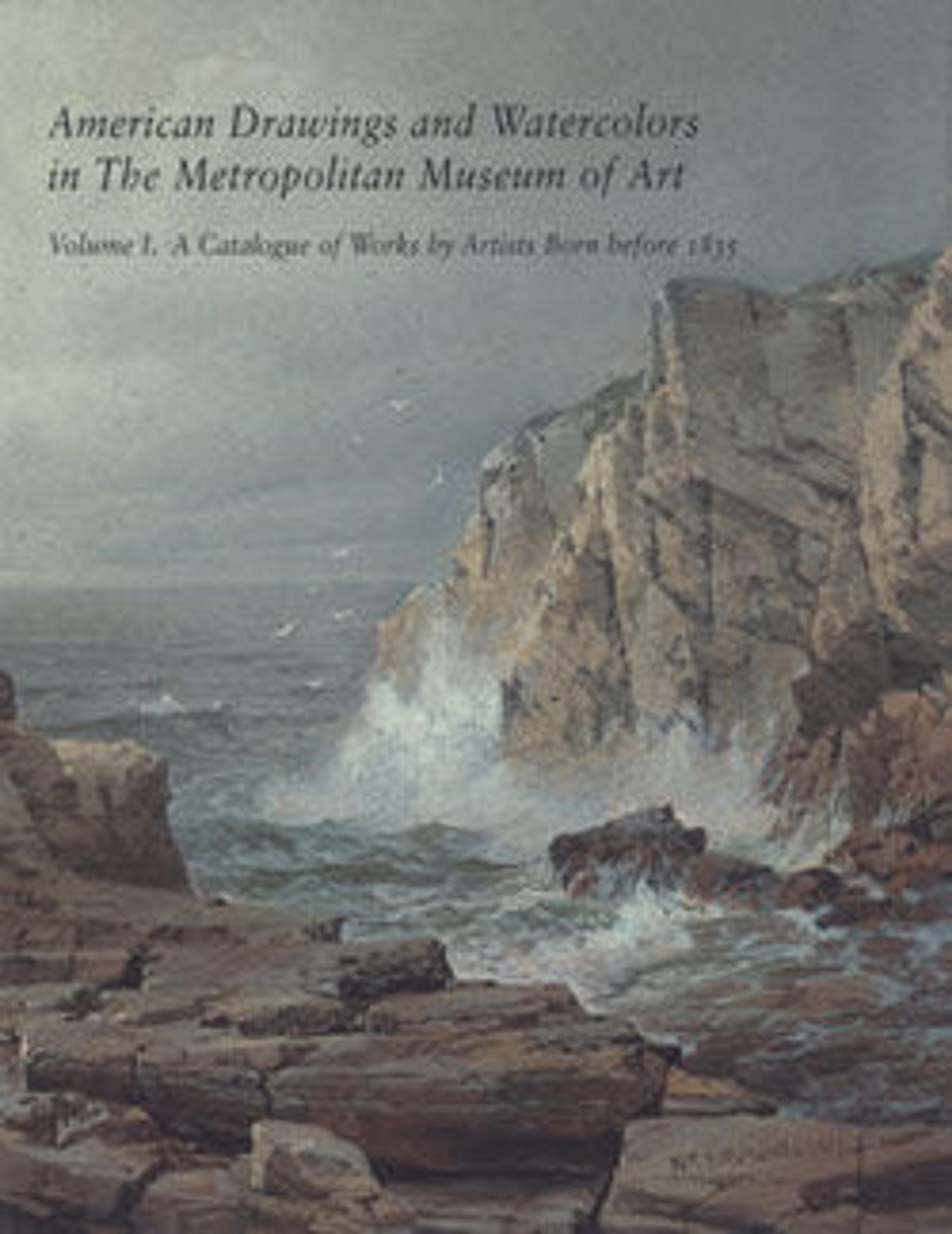Collect Pond, New York City
The natural pool Collect Pond was formerly located in lower Manhattan near present-day Foley Square. Robertson’s watercolor of the site exemplifies the formulaic method of drawing taught at the Columbian Academy of Painting in New York City, founded by the artist and his brother Alexander. Both the hill at left and the willow tree at right are rendered in highly stylized fashion, with broad contours and schematic curving lines. Spatial depth was achieved with swaths of dark wash in the foreground setting of the lighter forms in the distance. Indeed, the whole picture observes a kind of artistic etiquette embodied in the polite company of figures in the foreground.
Artwork Details
- Title:Collect Pond, New York City
- Artist:Attributed to Archibald Robertson (American, Moneymusk, Scotland 1765–1835 New York)
- Former Attribution:Formerly attributed to Alexander Robertson (1772–1841)
- Date:1798
- Culture:American
- Medium:Watercolor and black chalk on off-white laid paper
- Dimensions:17 3/4 x 23 1/16 in. (45.1 x 58.6 cm)
- Credit Line:The Edward W. C. Arnold Collection of New York Prints, Maps, and Pictures, Bequest of Edward W. C. Arnold, 1954
- Object Number:54.90.168
- Curatorial Department: The American Wing
More Artwork
Research Resources
The Met provides unparalleled resources for research and welcomes an international community of students and scholars. The Met's Open Access API is where creators and researchers can connect to the The Met collection. Open Access data and public domain images are available for unrestricted commercial and noncommercial use without permission or fee.
To request images under copyright and other restrictions, please use this Image Request form.
Feedback
We continue to research and examine historical and cultural context for objects in The Met collection. If you have comments or questions about this object record, please contact us using the form below. The Museum looks forward to receiving your comments.
